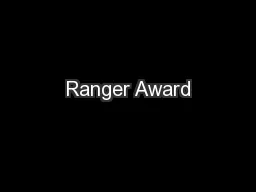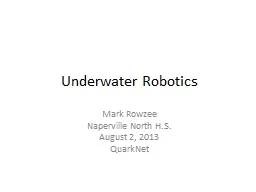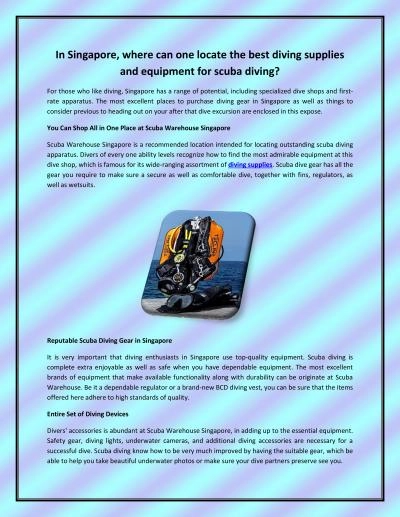PPT-Measuring Underwater Hearing in Diving Birds
Author : faustina-dinatale | Published Date : 2020-04-02
Jennifer James NUWCDIV NPT Heather Hopkins NUWCDIVNPT Sara Crowell IM Systems Group Inc Alicia M Berlin USGS PWRC Jonathan Fiely Cornell Laboratory of Ornithology
Presentation Embed Code
Download Presentation
Download Presentation The PPT/PDF document " Measuring Underwater Hearing in Diving ..." is the property of its rightful owner. Permission is granted to download and print the materials on this website for personal, non-commercial use only, and to display it on your personal computer provided you do not modify the materials and that you retain all copyright notices contained in the materials. By downloading content from our website, you accept the terms of this agreement.
Measuring Underwater Hearing in Diving Birds: Transcript
Download Rules Of Document
" Measuring Underwater Hearing in Diving Birds"The content belongs to its owner. You may download and print it for personal use, without modification, and keep all copyright notices. By downloading, you agree to these terms.
Related Documents














